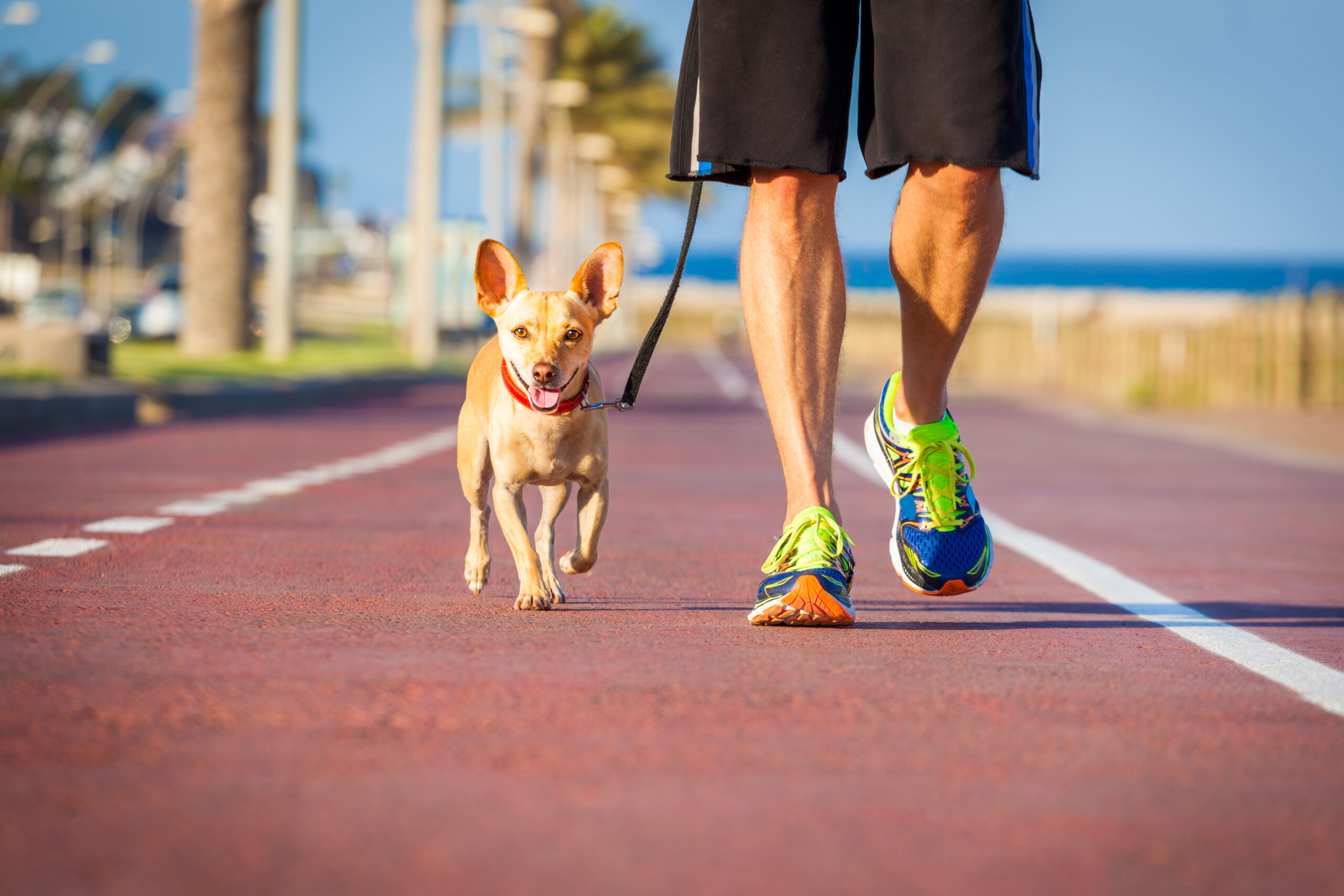Can What Human Oncologists Recommend Be Applied To Pets With Cancer?
Much has been published about the positive effects of physical activity on people, including evidence of the role of exercise in achieving and maintaining an ideal weight, preserving lean muscle mass, positively impacting the immune system, and promoting good mental health.
Surprisingly, very little research has been done on the effect of exercise on our pets. Preliminary evidence suggests that increased activity has a positive impact on weight loss in pets, but pet parents know that physical activities for dogs and cats differ greatly, and researchers have not looked at the effect of activities other than walking on weight loss. Because of this lack of research, the only alternative for a pet parent is to assume that the effect of physical activity in people is a predictor of the same effect in pets.
That’s even more true for pet parents who are seeking guidelines for physical exercise for pets undergoing cancer treatment. So, can we extrapolate from guidelines provided to human adult cancer patients to discover what’s good for our pets undergoing treatment?
The American Society of Clinical Oncology (ASCO) issued the first-ever evidence based guidelines for adults in active cancer treatment in 2022. ASCO convened an expert panel to assess evidence in 100 studies of people undergoing cancer treatment and the effect of physical activity. They noted that exercise:
-
- Improved symptoms and side-effects in people undergoing chemotherapy, radiation therapy, or both and helped speed recovery with fewer complications after surgery.
- Reduced fatigue, anxiety, and depression.
- Strengthened heart and lungs.
- Resistance training strengthened muscle mass.
Recommended physical activity:
-
- Encouraged a walking program that begins slowly and progresses to moderate intensity.
- Recommended for those whose cancer did not spread beyond the initial site.
According to MD Anderson in an article published by Ronda Wendler, no one knows for certain how physical activity counteracts cancer, but it is known to reduce levels of inflammation and insulin which are linked to some cancers, induce the creation of new blood cells which may help deliver more blood-driven anti-cancer medicine to the tumor and boosts the circulation of immune cells.
So what is a pet parent to make of these guidelines for people?
-
- Since evidence is lacking to describe an “ideal” physical activity plan for pets with cancer, discuss your pet’s activity and the effect of the disease on limitations and schedule, so together you can design a plan for that your pet can tolerate based on endurance, intensity and type of exercise.
- A balanced diet is especially important to pet health when encountering disease. Discuss a nutrition plan with your veterinary professional. Monitor weight gain and loss as an indicator of the appropriateness of the nutrition and exercise plan in real time and experience and report changes to your team.
- Begin slowly and moderate as you observe endurance and tolerance.
- Enrich your pet’s environment indoors to encourage activity, socialization, and affection.
For suggestions, consult The Ohio State’s Indoor Pet Enrichment Initiative: https://indoorpet.osu.edu/aboutus
Remember that you know your pet best and do not be afraid to communicate with everyone on your pet’s health team.

